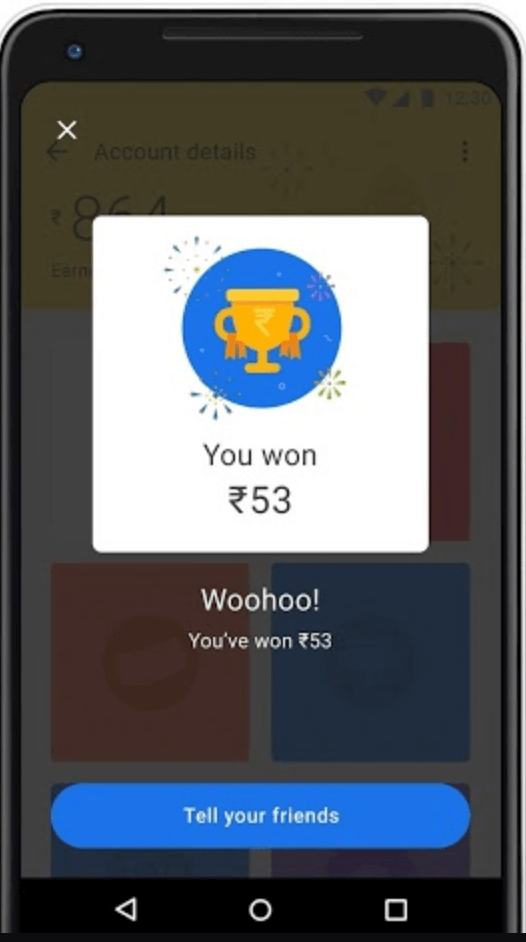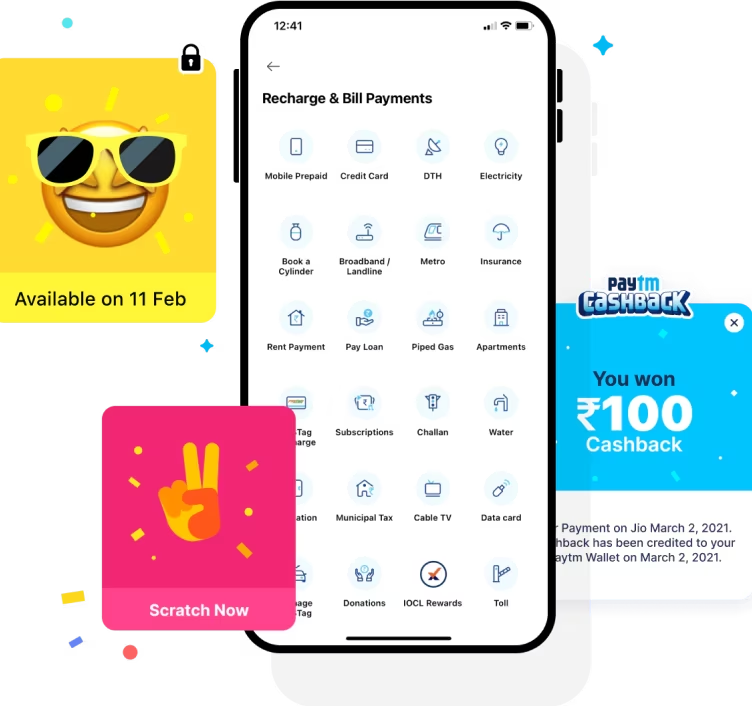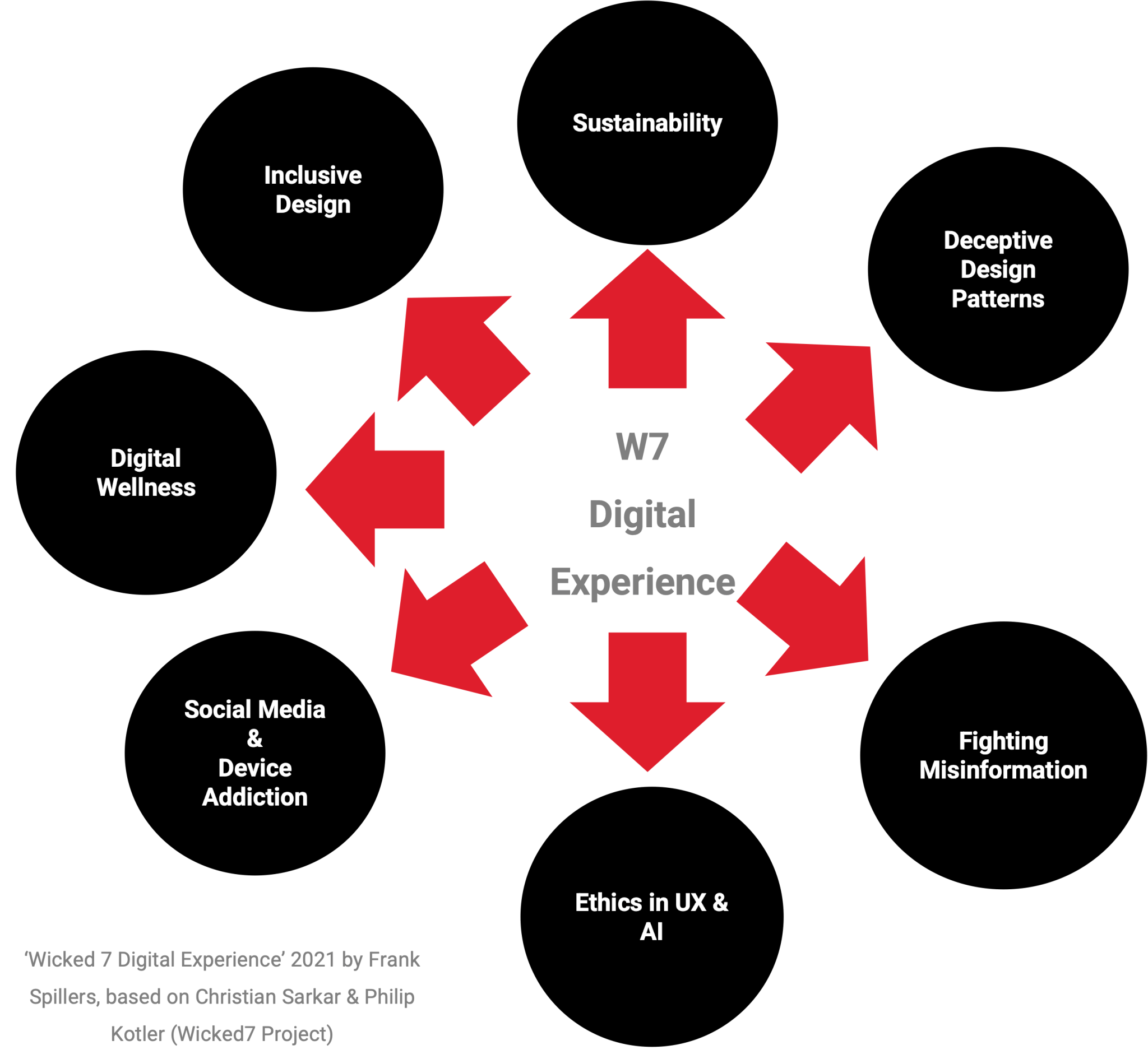Summary: Cross-cultural design means creating products that resonate with diverse cultures. By understanding and respecting cultural differences, designers can create culturally adoptable products, services, and experiences. If something ‘feels local,’ it means it harmonizes with a user’s social and cultural environment. User adoption and acceptance are the rewards of culturally sensitive UX design. In this Cross-cultural design guide, we discover what “Feeling Local” is all about…
What is Cross-Cultural Design?
Cross-cultural design means creating products that resonate with diverse cultures. It’s about making a product, service, or experience feel local. “Feeling local” means familiarity, relevance, and embodying a sense of place. This requires understanding the impact of shifting cultural conditions, generational behaviors, preferences, customs, values, and more.
Why It Matters: Global markets demand inclusivity. A one-size-fits-all approach can alienate potential users. Cross-cultural design critically boosts user adoption, loyalty and engagement. It de-risks mismatched or poorly aligned designs, words, feelings etc.
Localizing UX takes user behavior into account being up-to-date with the PESTLE backdrop: Political, Economic, Social, Technological, Legal, and Environmental factors.
Case studies
A great example is the PayTM (India) story. PayTM, the largest mobile payment platform provider in India (and globally next to China) came from political and legal changes (demonetization legislation). For once, tech companies were able to facilitate faster and new UX payment experiences.
But first, Google was first to gain mass user adoption, something it couldn’t do at home. Google’s Tez (now Google Pay) launched a mobile payments app (2017) designed specifically for the Indian market and utilized the Unified Payments Interface (UPI). It was wildly successful and still is for bank transfers. Some features included:
- Users could make payments using their phone number and UPI ID, without needing to remember bank account details.
- Cash Mode allowed users to transfer money nearby without sharing personal details.

Pictured above: Google “Tez” (meaning “fast” in Hindi). Note the screen offered rewards to align with cultural fit.
Next, India’s PayTM quickly became the most prominent mobile payment platform provider in India—and still is—for retail and peer-to-peer payments. Follow their PESTLE journey:
- In November 2016, the Indian government demonetized 500 and 1,000 rupee notes, leading to a cash shortage.
- Paytm capitalized on this situation by promoting its digital wallet as a cashless payment solution.
- The app saw a massive surge in new users and transaction volumes during and after demonetization.

Pictured above: PayTM today, an ecosystem payment app (like others in Asia). Note the scratch card and cashback feature which aligns with cultural fit.
Finding your Cultural Fit or ‘Culturability’
Cultural fit means synchronizing, harmonizing, or amplifying a local cultural pattern or rhythm. It may follow an existing behavior or emerging expectation. For example, QR codes are expected on, for, and with everything in China. Try to do anything in China without that cultural expectation and you’re doomed to failure.
Culturability defined: “Culturability: The Merging of Culture and Usability” (Barber and Badre, 2006). For example, spatial orientation has a direct effect on website usability because it affects visual perception. Manipulating the orientation can change the user’s comfort level. What is user-friendly for one country may be vastly different for another.
Cultural fit can apply to cultural groups you are deliberately including, via an Inclusive Design effort at home or in that locale too. These include disability, race, gender, ethnicity, sexual orientation, and more. In this sense, culturability is “feeling at home, in my community”. It answers that fundamental question: “Did you design it for me? (in my cultural context)”.
In the above example of Google Tez, they leveraged an innovation initially designed for deaf users. See Inclusion Innovation for why inclusion can guide innovation.
What was it? Google Tez developed an Audio QR (AQR) and Sonic Interface, and fast transfer without QR codes:
- Audio QR (AQR): Tez introduced a novel feature called Audio QR, which used ultrasonic frequencies to enable seamless payments between devices without needing an internet connection.
- Sonic interface for the deaf: The audio interface was particularly innovative for users with hearing impairments. It provided an additional layer of interaction, prioritizing accessibility and inclusivity.
- No need for scanning: AQR allowed two Tez users to connect and transfer money by simply placing their phones near each other. This eliminated the need to scan QR codes, which could be cumbersome in certain situations.
Bottom Line
Cross-cultural design is essential for global success. It fosters inclusivity and user adoption. When you understand and respect cultural user needs, you can create truly comfort-producing products and services. How? Embrace research, respect cultural norms, localize effectively, and test with local users. These principles will guide you in designing products that feel local–critical to your credibility as a brand and experience.
Go deeper: Join this FREE webinar miniclass “Feeling Local” on August 14th 2024
In this webinar miniclass, Frank Spillers will share case studies with an emphasis on China to learn about the importance of UX in localization efforts. These cross-cultural design principles will guide you in developing products that feel local, no matter where your users are. Topics to be covered include:
- Understanding Cross-Cultural Design
- Culturally-sensitive design principles
- Respecting & Detecting cultural rhythms for cultural sensitivity.
- Successful Cross-Cultural Designs: case studies from China.
- Lessons Learned: Key takeaways from these case studies.
Go deeper: Join this FREE webinar miniclass “Feeling Local” on August 14th 2024










